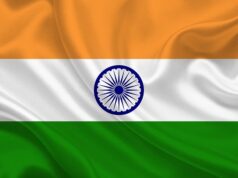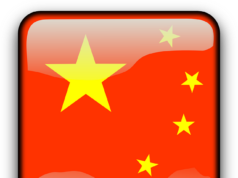The decision was announced at the 13th session of the UNESCO Intergovernmental Committee for the Preservation of the Intangible Cultural Heritage of Humanity in Port Louis, Mauritius.
Traditional Tibetan medicine spas are used to maintain life and health, as well as to fight disease, especially in Tibet, but also in other areas of China with Tibetan population.
In an interview following the announcement of the decision of the UNESCO panel, Vice Minister of Culture and Tourism Zhang Xu said that the Lum medical baths play an important role in the daily lives of the Tibetan national minority as part of the traditional Sowa Rigpa healing methods.
„Not only does this heritage embrace folk medicine in terms of disease prevention and treatment, but it also sets an example for the preservation and development of traditional Tibetan medical beliefs and their implementation in a modern health practice,“ said Zhang.
In Tibet, „Lum“ means bathing in natural hot springs, applying herbal water to restore the body’s physical and mental balance, to maintain good health and to heal diseases.
The Lum Medicinal Baths, as part of the traditional Tibetan healing arts Sowa Rigpa, have been developed for disease and health based on the Five Element Doctrine Jungwa-nga (earth, water, fire, wind and space).
The knowledge of Tibetan medicine, as well as its practice, is widespread in the Tibet Autonomous Region as well as in the other Tibetan areas of Tibet in China, such as Qinghai, Sichuan, Gansu and Yunnan.
With the support of the State Council of the Chinese Government, the practice of medicinal baths has been placed on the list of applications twice in traditional Tibetan medicine: once in 2008 and again in 2014.
On the basis of a master plan, a planned promotion of this Tibetan tradition was initiated. Measures include on-the-job training courses and the spread of traditional medicine through primary and secondary education.
With the entry of the Tibetan medicinal baths, there are now 40 entries concerning China in the various UNESCO lists of intangible cultural heritage. Thirty-two items are on the list of the Intangible Cultural Heritage of Humanity, seven are on the list of the most endangered cultural heritage, and one program has been put on the positive list of best practices for the preservation of cultural heritage.



